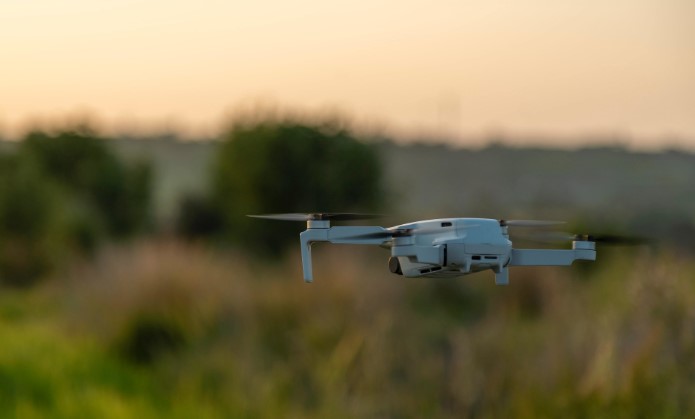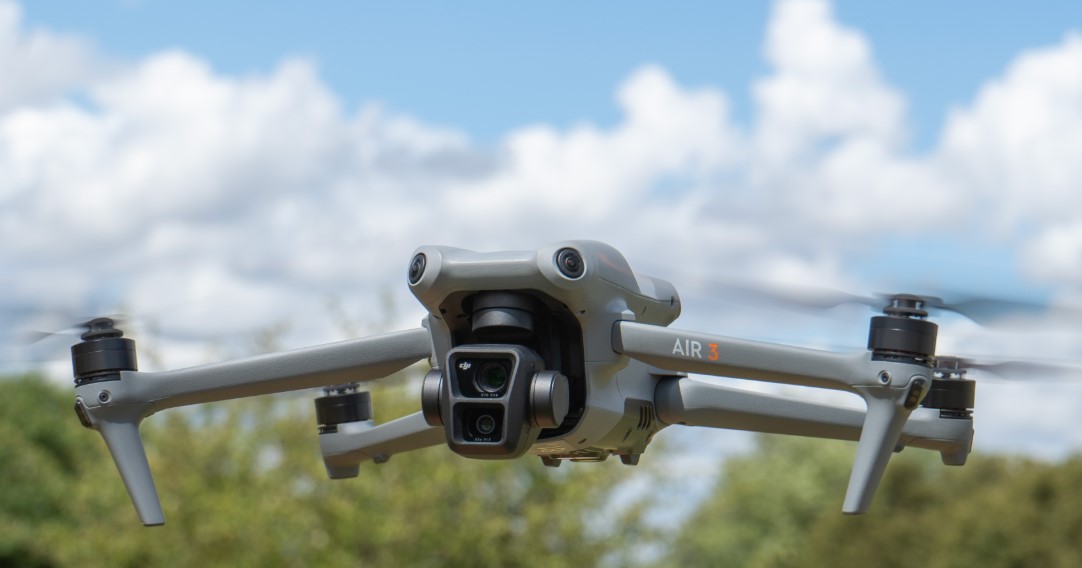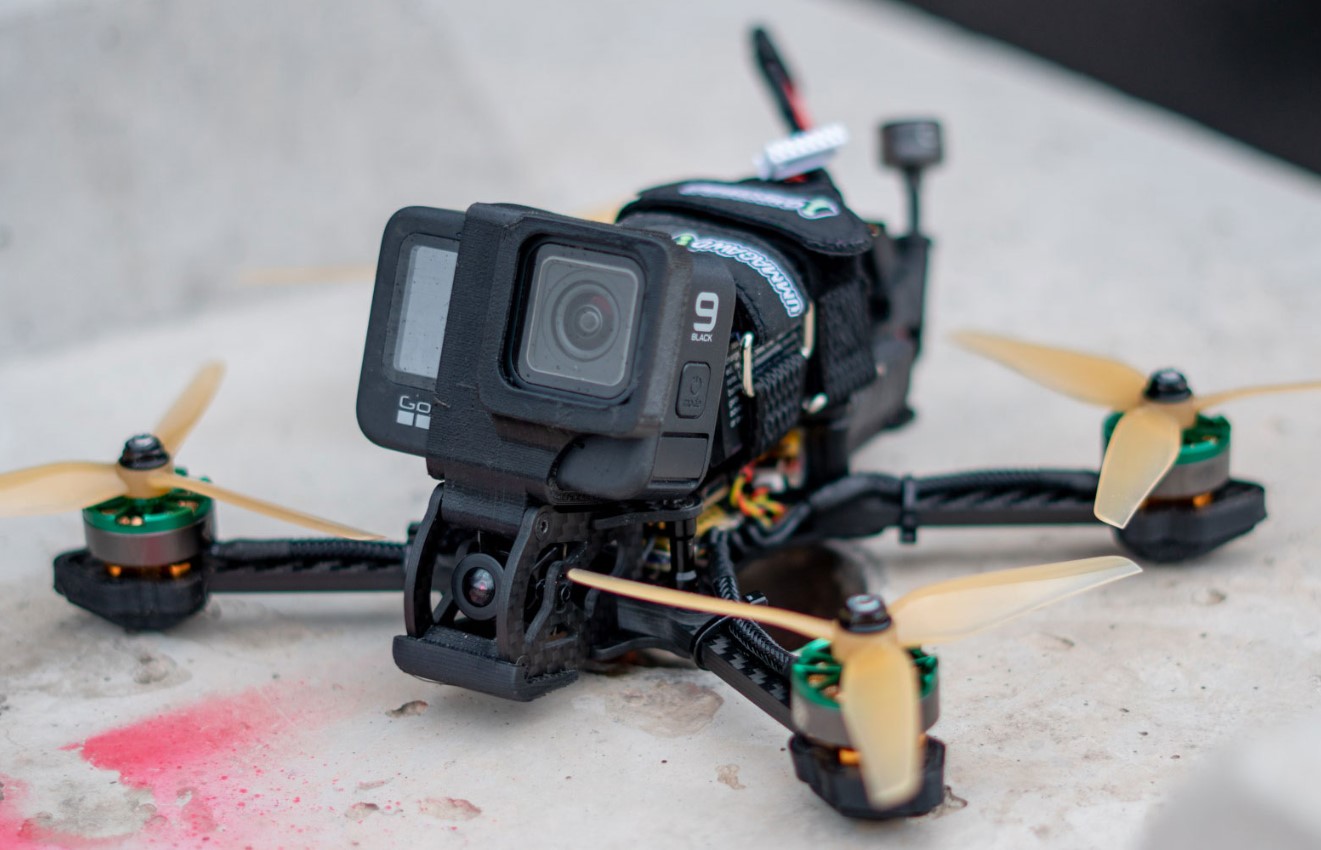As drones become increasingly popular for recreational and professional purposes, travelers often face questions about transporting their equipment safely and in compliance with airline regulations. One critical aspect involves the transportation of drone batteries, which contain lithium-ion cells. These batteries are essential for powering drones, but they are also subject to strict aviation guidelines due to their potential fire risks. This essay explores whether drone batteries can go in checked luggage, the rules governing their transport, and best practices for carrying them during air travel. Follow Dronevoz.com !!!
Understanding Drone Batteries and Their Hazards
Drone batteries, particularly lithium-ion batteries, are the most common power source for drones. These batteries are lightweight, rechargeable, and capable of storing significant amounts of energy, making them ideal for powering high-performance devices like drones. However, their energy density also presents risks:
- Fire Hazards: Lithium-ion batteries are prone to thermal runaway, a process where overheating can cause the battery to catch fire or explode. This risk increases when batteries are damaged, short-circuited, or exposed to high temperatures.
- Regulatory Concerns: Airlines and aviation authorities worldwide, including the International Air Transport Association (IATA) and the Federal Aviation Administration (FAA), have strict regulations to prevent such incidents during flights.
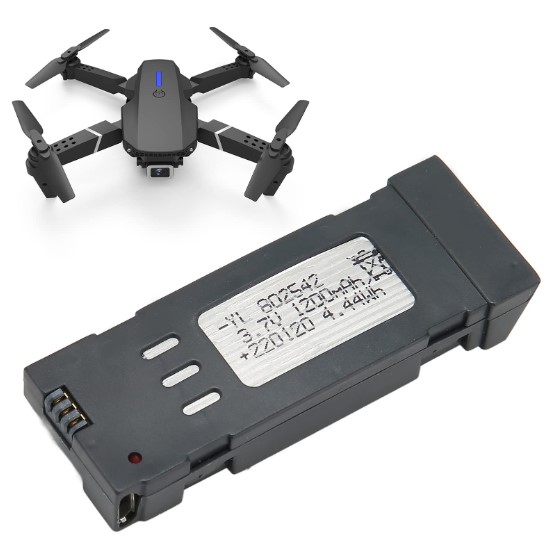
Can Drone Batteries Go in Checked Luggage?
The short answer is: No, drone batteries should not go in checked luggage in most cases. Let’s break this down:
- Airline Regulations: Most airlines prohibit passengers from placing loose lithium-ion batteries in checked luggage. This rule includes spare drone batteries. The main reason is the difficulty in managing fire risks in the cargo hold compared to the cabin, where crew members can respond to emergencies promptly.
- Checked Luggage Risks: If a lithium-ion battery were to overheat and catch fire in the checked baggage, it could go unnoticed for a long period, posing a severe safety threat to the aircraft and passengers.
- Exceptions: If the battery is installed in the drone, some airlines may allow it in checked luggage. However, the battery must comply with size and watt-hour limitations, and travelers should consult the airline’s specific policies beforehand.
Regulations for Carrying Drone Batteries in Cabin Baggage
The safest and most compliant way to transport drone batteries is in your carry-on baggage. Here are the typical guidelines:
- Watt-hour (Wh) Limitations:
- Batteries with a capacity of 100 Wh or less are generally permitted without airline approval.
- For batteries between 101 Wh and 160 Wh, prior airline approval is required.
- Batteries exceeding 160 Wh are typically prohibited for passenger transport.
- Quantity Restrictions:
- Passengers are usually allowed to carry up to two spare batteries with capacities between 101 Wh and 160 Wh.
- There is no explicit limit on the number of batteries under 100 Wh, but airlines may impose restrictions to ensure safety.
- Packaging Requirements:
- Spare batteries must be individually protected to prevent short circuits. This can be achieved using the original packaging, placing them in protective battery cases, or taping the terminals.
- Batteries must not be loose or come into contact with metal objects like keys or coins.
- Informing Security:
- When passing through security checks, declare your drone batteries to the staff if requested. This transparency helps avoid delays and ensures compliance with regulations.
Best Practices for Transporting Drone Batteries
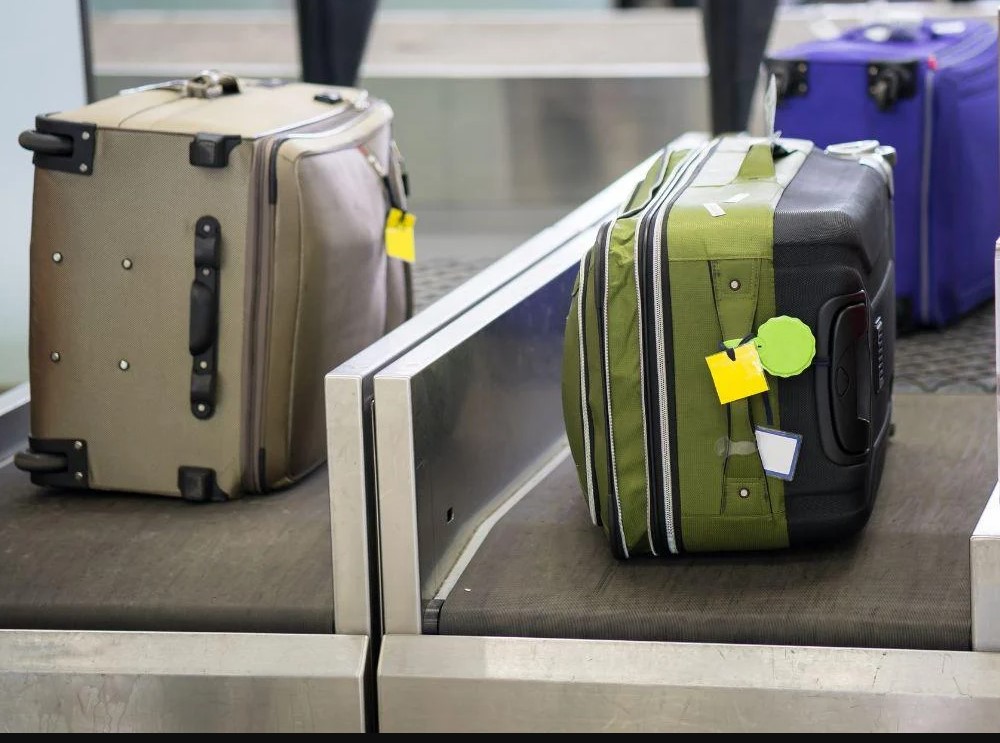
To ensure a hassle-free travel experience, follow these best practices when carrying drone batteries:
- Check Airline Policies: Before traveling, review your airline’s guidelines on transporting lithium-ion batteries. Policies may vary, and some airlines might have stricter rules than others.
- Inspect Batteries: Ensure your batteries are in good condition with no visible damage, swelling, or leakage. Damaged batteries are more likely to pose safety risks and may be confiscated.
- Store Batteries Properly:
- Use fireproof battery bags (commonly known as LiPo bags) for added safety.
- Keep batteries in a cool, dry place to prevent overheating.
- Follow Airport Security Rules:
- Separate batteries from other items in your carry-on for easier screening.
- Be prepared for additional scrutiny if traveling with multiple batteries.
- Labeling and Documentation: For batteries above 100 Wh, carry documentation showing the watt-hour rating to facilitate security checks and airline approvals.
- Avoid Overcharging: Fully charged batteries are more prone to thermal runaway. Charge your batteries to 30–50% capacity when traveling, as this is the safest storage level.
>>> Read: Difference Between Drone And Quadcopter
Real-World Examples of Drone Battery Incidents
The strict rules around drone batteries are not arbitrary. They stem from real-world incidents that highlight the risks:
- Overheating in Cargo Holds: There have been documented cases of lithium-ion batteries causing fires in aircraft cargo holds, leading to catastrophic consequences.
- Carry-On Mitigation: In one incident, a passenger’s carry-on bag containing spare lithium-ion batteries began smoking during boarding. Crew members quickly extinguished the fire, preventing a potential disaster.
These examples underscore the importance of proper handling and compliance with airline regulations.
International Regulations on Drone Batteries
While the FAA and IATA provide global guidelines, individual countries may have additional rules. Here’s a quick overview:
- United States (FAA): Aligns with IATA regulations and emphasizes carrying batteries in the cabin.
- European Union (EASA): Similar to FAA, with slight variations in documentation requirements for larger batteries.
- Asia-Pacific: Countries like Japan and Australia adhere to IATA standards but may impose stricter checks at airport security.
Travelers should always check the regulations of their departure, transit, and arrival countries to avoid complications.
What Happens if You Violate Regulations?
Failing to comply with airline and airport rules regarding drone batteries can lead to:
- Confiscation: Security personnel may confiscate improperly packed or prohibited batteries.
- Fines and Penalties: Some jurisdictions impose fines for carrying hazardous materials without proper declaration.
- Denied Boarding: In extreme cases, travelers may be denied boarding if their luggage poses a safety risk.
- Delays: Non-compliance can delay security screening, potentially causing missed flights.
Future Trends in Drone Battery Transportation
With the rapid growth of drone technology, the aviation industry is exploring ways to address battery-related safety concerns more effectively. Future trends may include:
- Improved Battery Technology: Innovations like solid-state batteries promise to reduce fire risks while enhancing performance.
- Enhanced Packaging Solutions: Fireproof packaging designed specifically for drone batteries may become more widely available and mandatory.
- Standardized Regulations: Efforts to harmonize global regulations could make it easier for travelers to understand and comply with the rules.
- Education Campaigns: Airlines and drone manufacturers may launch initiatives to educate travelers about safe battery transport.
Conclusion
To answer the question, can drone batteries go in checked luggage?, the consensus is clear: Drone batteries should not be placed in checked luggage unless installed in the drone and explicitly allowed by the airline. The safest and most compliant way to transport drone batteries is in your carry-on baggage, adhering to watt-hour limits, quantity restrictions, and proper packaging guidelines.
By understanding and following these regulations, travelers can ensure their journey is smooth and safe while minimizing risks associated with lithium-ion batteries. As drone technology continues to evolve, staying informed about the latest rules and best practices will be essential for drone enthusiasts worldwide.
>>> Read: How Many Kilometers Can a Drone Fly?
